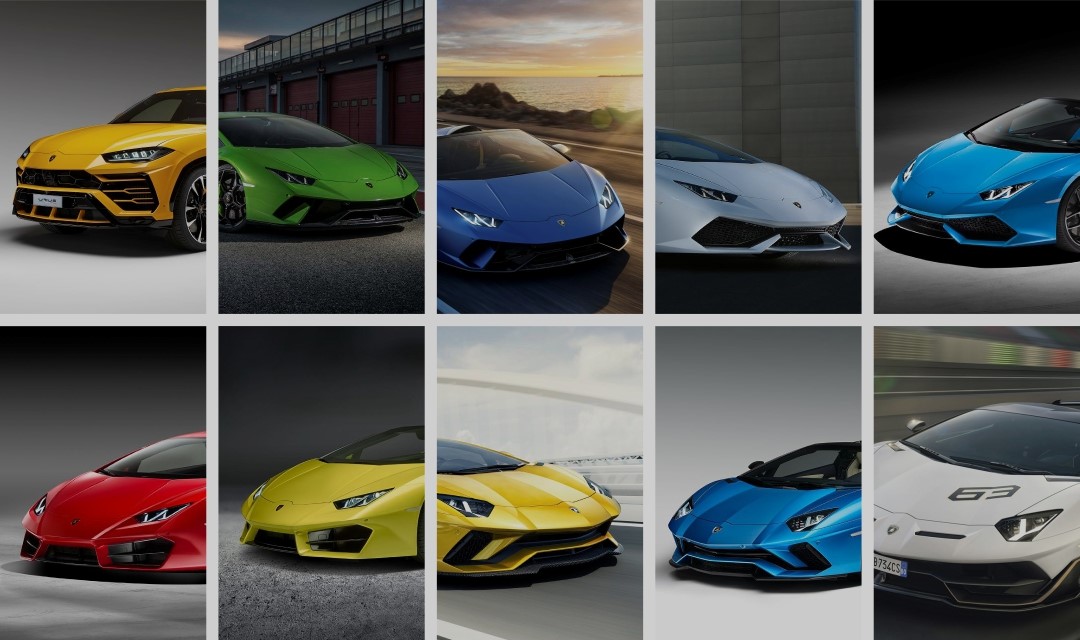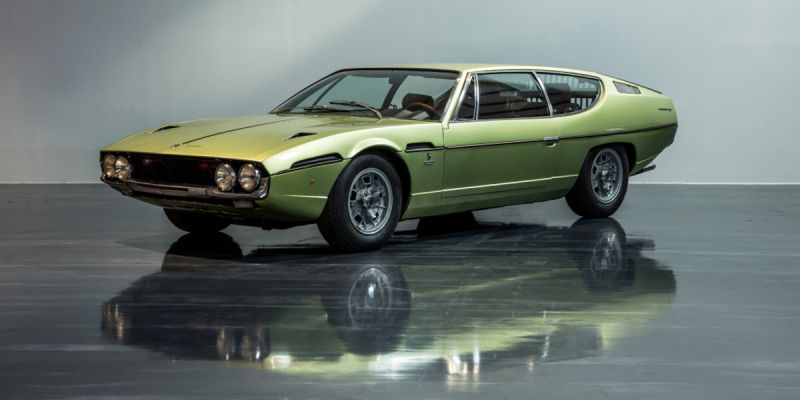


Only one prototype unit was built in an attempt to get a contract from the US Military, but this was unsuccessful. Lamborghini’s first attempt at a five-seater was in 1977 with their first off-road (non-tractor) model, the Cheetah. There are not many 5 seat supercars, but Lamborghini is one of the few luxury brands that actually have produced some 5 seat models in the past.

Lamborghini models all full#
Here’s the full list of all the Lamborghini models and their seat capacity: Lamborghini Model Lamborghini did not want to disappoint potential clients and set out and designed eight models throughout the years that have more than two seats.

Keeping the Lamborghini sleek and aerodynamic excites and attracts many customers, but there is a genuine market for a supercar or SUV that can carry more passengers. The lighter the body of the supercar is, combined with an extremely powerful engine, are all part of the recipe to create the ultimate speed machine. The reason for most of their models being two-seaters is to keep the car’s overall length to a minimum, aiding in keeping it agile and fast. Lamborghini primarily produces two-seat supercars, but they have delved into the four- and five-seater segments. Read on to discover all the different seating arrangements of all the Lamborghini models throughout their history and some extra facts. The Urus is their current 5-seater SUV that can reach a speed of 190 mph. Lamborghini also designed four and five-seater models in the past as there was a demand for their cars with more seating. Lamborghini is known for manufacturing two-seat supercars that can reach speeds exceeding 200mph. But did they make cars with more than two seats? So, how many seats does a Lamborghini have? Still, the older models look very different from the 200 mph raging bulls we know today. Lamborghini currently focuses on designing sleek new supercars. They have always strived to make fast, comfortable, and easy-to-drive cars. Some might say it’s an appropriately gruesome name choice, too the bull is infamous for killing a matador in 1914.Lamborghini has been manufacturing vehicles since 1963. Lamborghini Veneno (2013)Īn over-the-top pantomime on wheels, the Aventador-based Veneno and Veneno Roadster (pictured) were named after an appropriately fast and strong bull. Click here to read more about Lamborghini’s SUV announcement. A fitting name for a bulky, muscular SUV. The Urus (or Auroch by another name) is a giant ancestor of modern cattle, measuring an enormous 1.8 metres across the shoulders. If Lamborghini sticks with the concept’s Urus name for its production 4×4, it won’t be breaking with tradition. Click here to read CAR’s review of the latest Lamborghini Aventador SV. A good or bad thing, depending on your point of view. The successor to the Murcielago, it’s better in almost every way and lacks some of the older car’s scare factor. The latest in the line of V12 Lamborghinis is named after a successful fighting bull from the early 1990s. Likewise, the four-door Estoque concept of 2008 was named after the estoc, a sword traditionally used by matadors. A ‘sharp’ model that turned into a best-seller (of sorts) with 1227 sold between 19. The means a matador’s sword in Spanish and is often referred to the bullfighter himself. The Espada was born from Lamborghini’s desire to introduce a luxurious four-seater in his line-up (Ferrucio was always more of a GT man at heart than a supercar fan). The Islero was perhaps one of the less loved Lambos and the Urraco’s lack of sales success brought the company to its knees. Lamborghinis Islero (1968 – 1969) and Urraco (1972 – 1979)īoth the Urraco and the Islero (pictured above) take their names from a bullfight during which the Urraco-bred Miura bull killed a famed matador. The age of the supercar (a term put into popular parlance by CAR’s LJK Setright) had arrived. The mid-engined Miura redefined the concept of a sports car with its transverse-mounted V12, 170mph-plus top speed and lithe, Ford GT40 influenced styling. The short name, applied to the fiercest and most powerful bulls, was just what Ferruccio needed to describe his engineers’ ground-breaking creation. It’s not a surprise that the Miura family were proud when they found out that Lamborghini had named a car after their line of bulls.


 0 kommentar(er)
0 kommentar(er)
